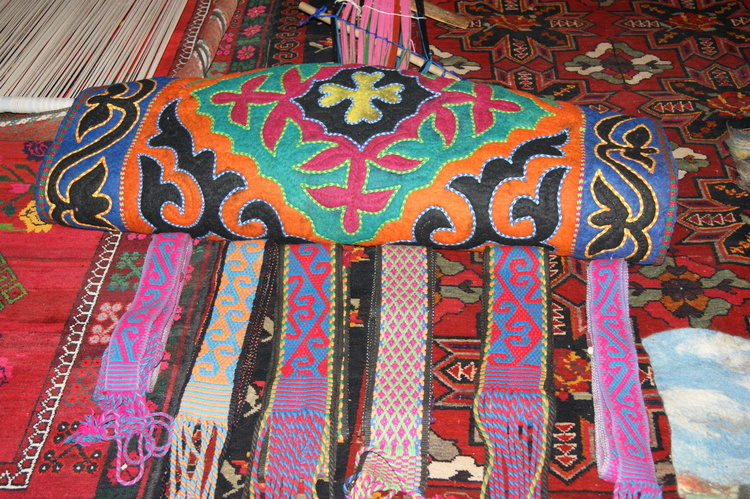“Those are English words—but this is not English.” The phrase, which I dutifully attribute to my wife, Stephanie Hysmith, seemed apt when I opened a book presented to me by Eurasian National University (ENU) in Kazakhstan's capital Astana on my first visit. It was a hefty tome titled Nursultan Nazarbayev and the Eurasian Education Space, published to mark the country’s advances and investments in higher education in the post-Soviet era and a higher education conference at ENU.
Postcards from Stanland: Journeys in Central Asia (Ohio University Press, 2016) is available from Amazon, Barnes & Noble, Books-a-Million and other online retailers. Read excerpts at www.davidhmould.com (Travel Blogs) or Facebook /PostcardsFromStanland/ or view readings and interviews on YouTube
The introduction claims that Kazakhstan’s trilingual policy in higher education (teaching in Kazakh, Russian, and English) has helped the country advance economically and promoted peace. There’s some truth to that. However, if this book is any guide, the English part of trilingualism has still some way to go. Let’s start with the title. Russian speakers often translate prostranstvo as space, but in this context it sounds silly; “sphere” is better. Not as silly, however, as the captions to the photos, most of which featured conference speakers, signing ceremonies, and group shots of participants. There are the “orderly rows of professors of natural sciences faculty,” some of whom look as if they are quietly snoozing. A picture of four unidentified delegates is bizarrely captioned “In the cycle of supporters of the Eurasian integration.” The group shot of university rectors is modestly titled “The memorable photograph.” Then there’s “The Eurasian vector of intercultural dialogue” (the ENU rector with delegates in national dress at the Palace of Peace and Accord). I don’t know about the after-conference parties, but the daily activities apparently got pretty lively. A picture of a mildly enthusiastic standing ovation is titled “The wild audience applauds.” And then there are “the wild discussions behind the scenes of the forum.” I can imagine the conversation. “You know, Erlan, I’m just crazy about this Eurasian integration idea.” “Me too. Another cup of tea?”
Of course, it’s all too easy to poke fun. This was a significant conference, and the participants discussed serious issues. But if you’re going to avoid the Borat make-benefit-glorious-nation-of-Kazakhstan tag and present the country (and university) as players on the world stage, the least you can do is hire a good English copy editor. This was a costly publication, with high-quality printing and glossy color photos, but the budget apparently did not include a close review of the text, which was probably translated word for word, the editor sometimes opting for the second or third dictionary meaning.
Unfortunately, literal translations are all too common in official communications. My friend Irina Velska, who has excellent English, told me that she once offered to correct the numerous errors in a coffee-table history book produced in her home city of Karaganda. Her offer was refused. The book, she was told, was translated by a “leading professor of English language and literature.” Who was she to think she could improve the text?


















